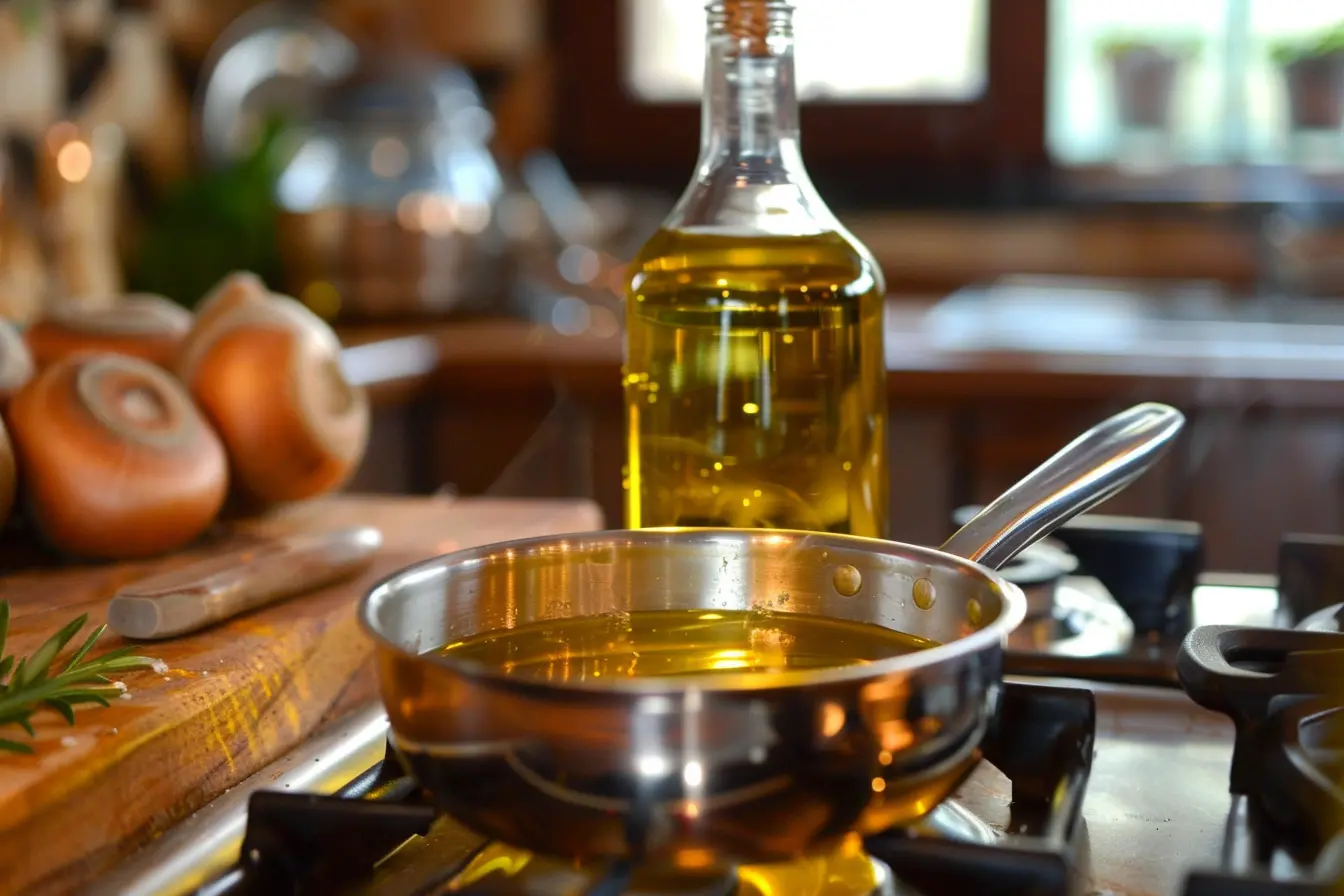
Choosing the right cooking oil can be a challenge for global buyers and chefs alike. With so many options available, it's essential to understand the unique properties of each oil and how they perform in different culinary applications. This article explores the differences between tigernut oil and olive oil, focusing on their sources, extraction methods, and performance across various cooking techniques.

Tigernut oil, also known as oil from the tuber of Cyperus esculentus, is native to Africa and has been used for centuries in traditional cuisines. It is extracted through cold pressing, which preserves its natural nutrients and flavor profile. On the other hand, olive oil is derived from the fruit of the olive tree (Olea europaea) and is commonly extracted using both cold pressing and modern mechanical methods.
According to data from the International Olive Council, over 14 million tons of olive oil are produced annually worldwide, while tigernut oil remains a niche product with growing interest due to its health benefits and versatility.
| Cooking Method | Tigernut Oil | Olive Oil |
|---|---|---|
| Frying | High smoke point (up to 210°C), ideal for deep frying and pan-frying. | Moderate smoke point (around 190°C), suitable for light frying but not recommended for high-temperature cooking. |
| Baking | Adds a nutty flavor and enhances texture, especially in breads and pastries. | Offers a mild, fruity taste that complements baked goods without overpowering them. |
| Salad Dressings | Light and smooth, with a subtle flavor that blends well with dressings and vinaigrettes. | Rich and robust, often preferred for Mediterranean-style salads and marinades. |
| Low-Temperature Cooking | Retains nutritional value and enhances the natural flavors of ingredients. | Preserves most of its antioxidants and polyphenols when used at low temperatures. |
| Cold Dishes | Ideal for cold soups, dips, and uncooked dishes due to its smooth consistency. | Also suitable for cold dishes, though it may have a stronger flavor. |

Many chefs and food manufacturers have shared positive feedback about tigernut oil’s performance in various recipes. One user from Spain noted, “I use tigernut oil for baking and it gives my cakes a unique, nutty aroma that customers love.” Another chef from Kenya mentioned, “It’s perfect for frying because it doesn’t burn easily and keeps the food crispy.”
Olive oil remains a staple in many kitchens around the world. A baker from Italy said, “I prefer extra virgin olive oil for my breads and pastries because it adds a rich, authentic flavor.” Meanwhile, a nutritionist from the U.S. highlighted, “Olive oil is great for heart health, and I recommend it for daily use in moderation.”
The choice between tigernut oil and olive oil ultimately depends on your specific culinary needs and preferences. Tigernut oil excels in high-heat cooking and offers a distinct flavor that can elevate a variety of dishes. Olive oil, on the other hand, is versatile, widely available, and rich in health benefits.
Whether you're looking to enhance the flavor of your baked goods or improve the nutritional value of your meals, both oils have their own strengths. We encourage you to experiment with both and discover which one best suits your cooking style.

Ready to explore the potential of tigernut oil in your kitchen? Click here to learn more and place your order today.

